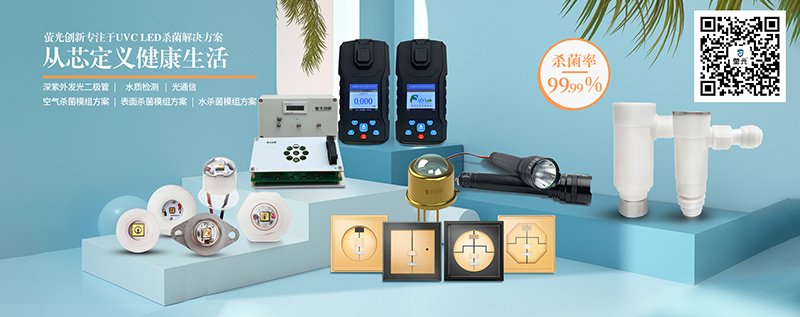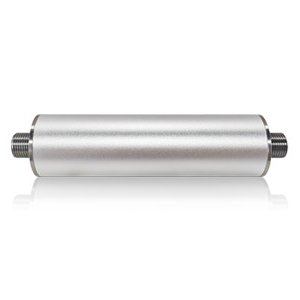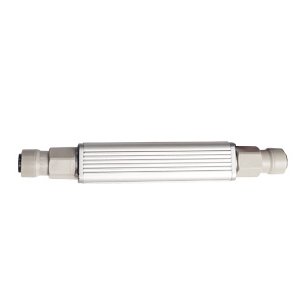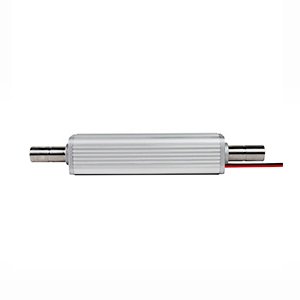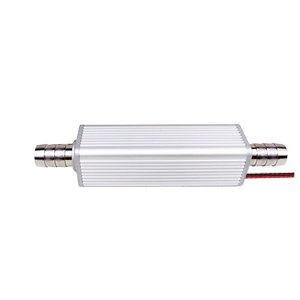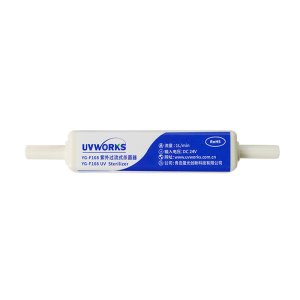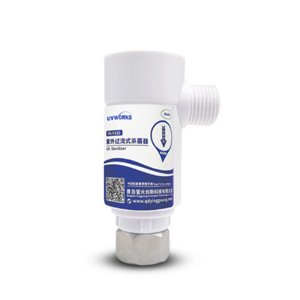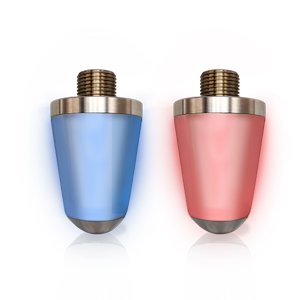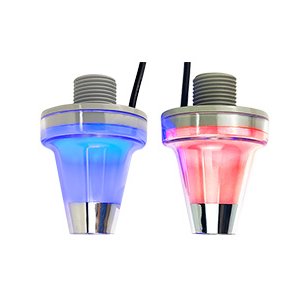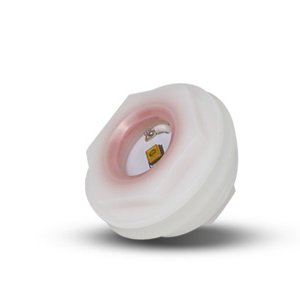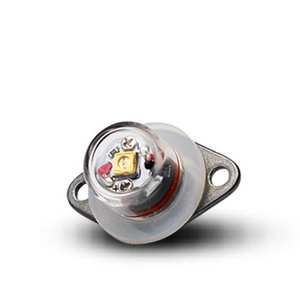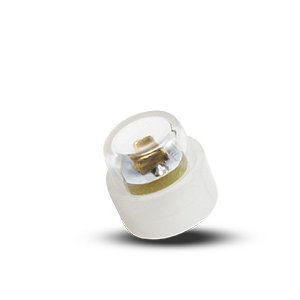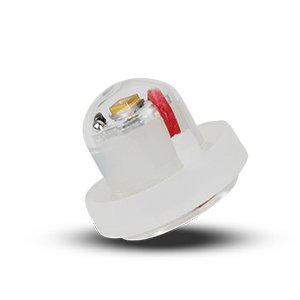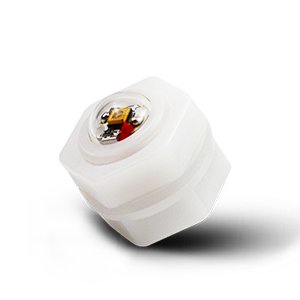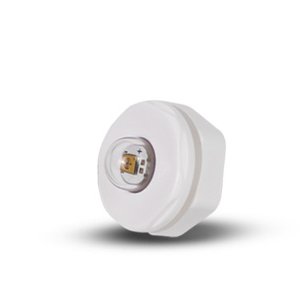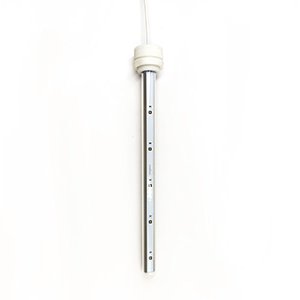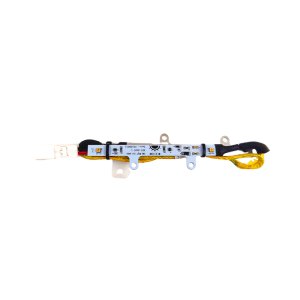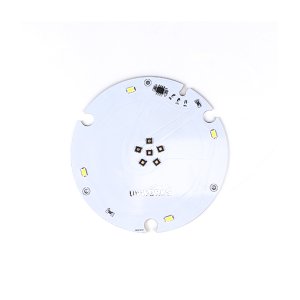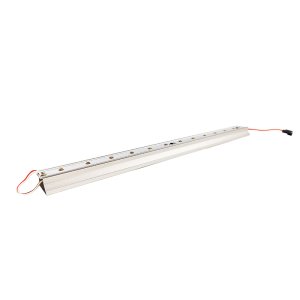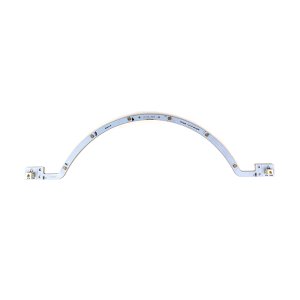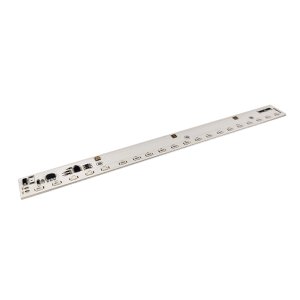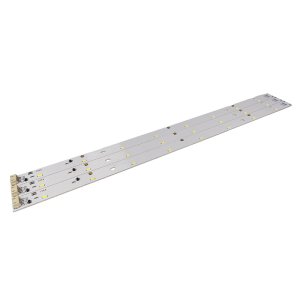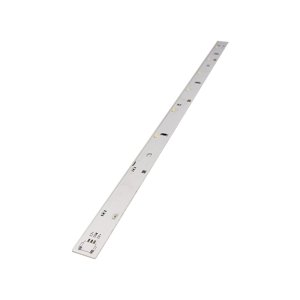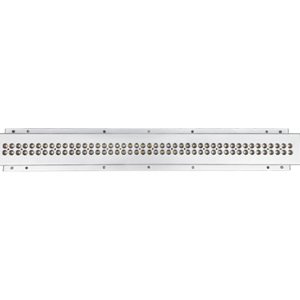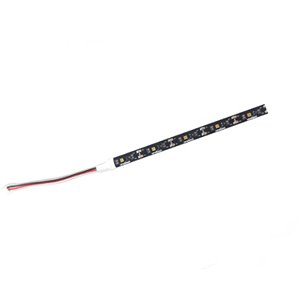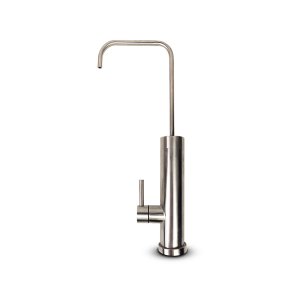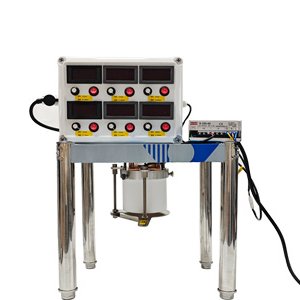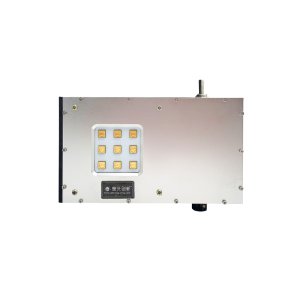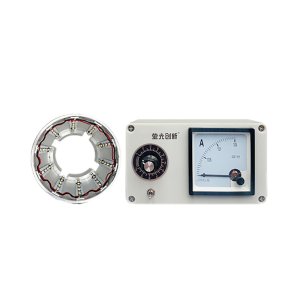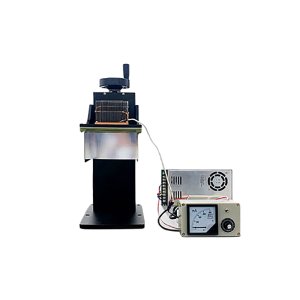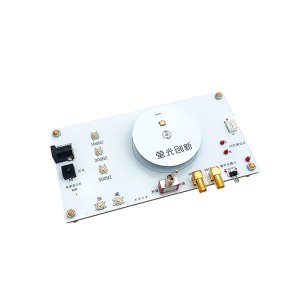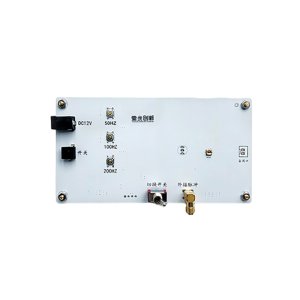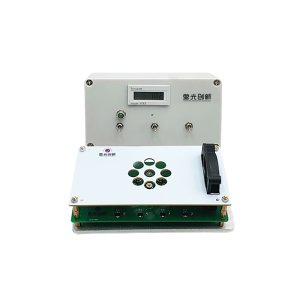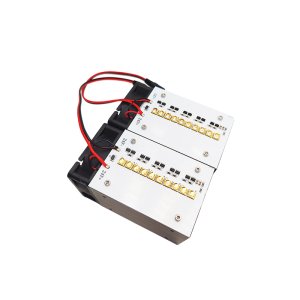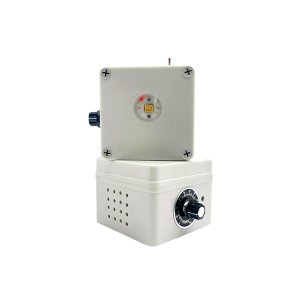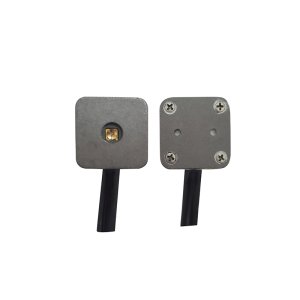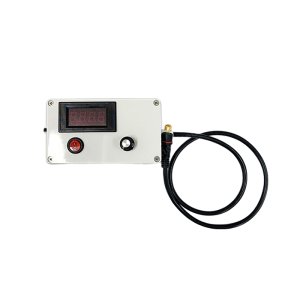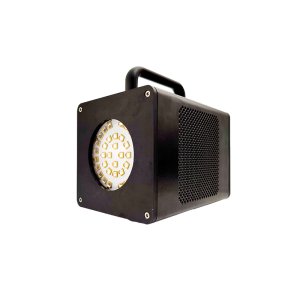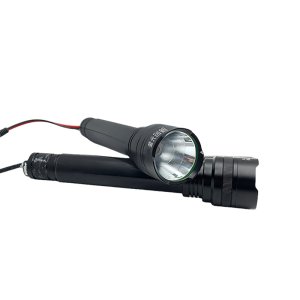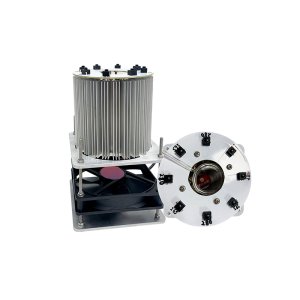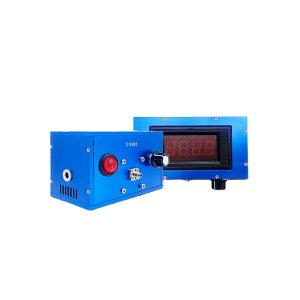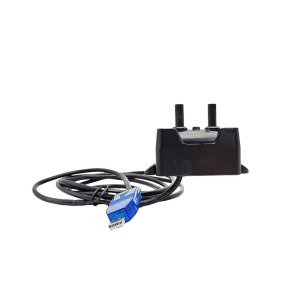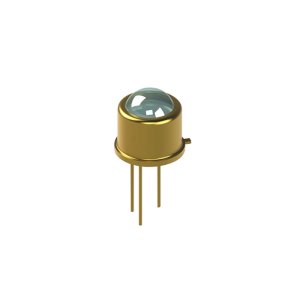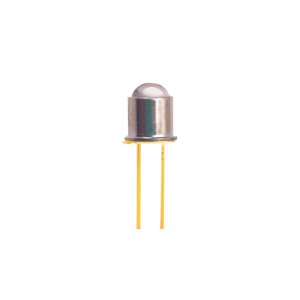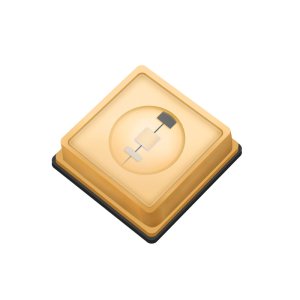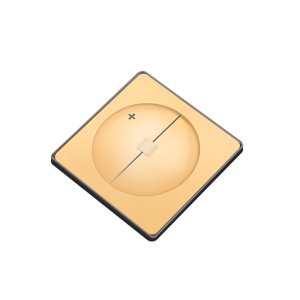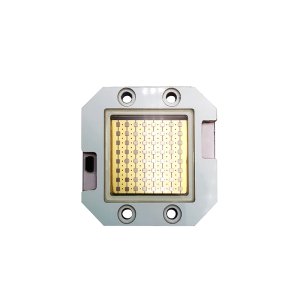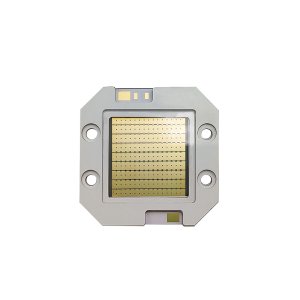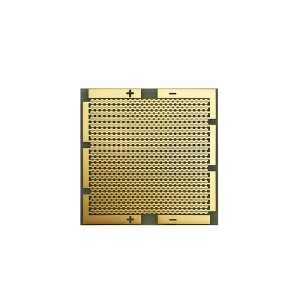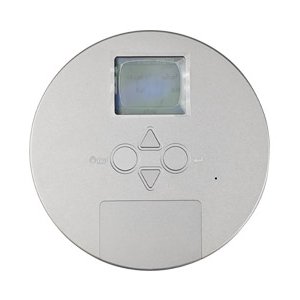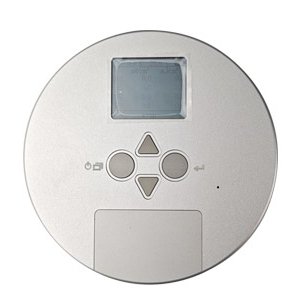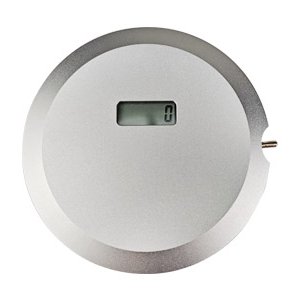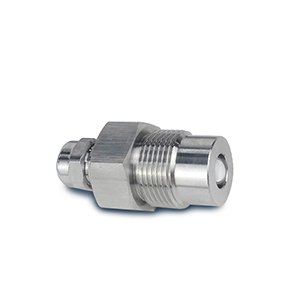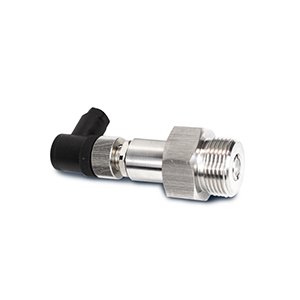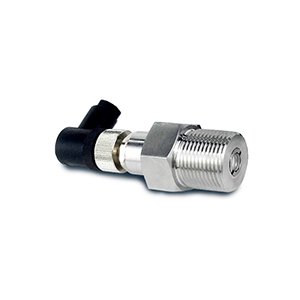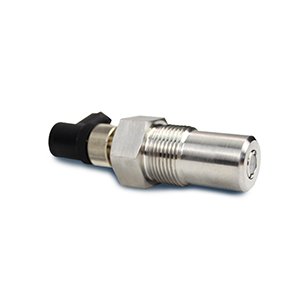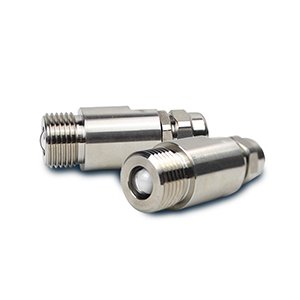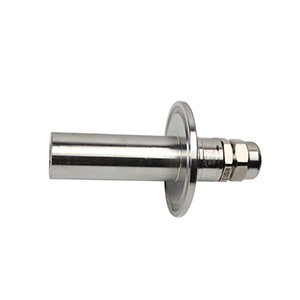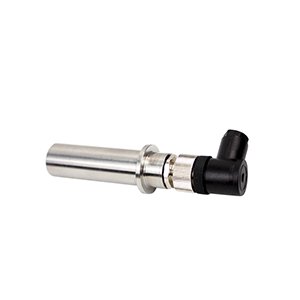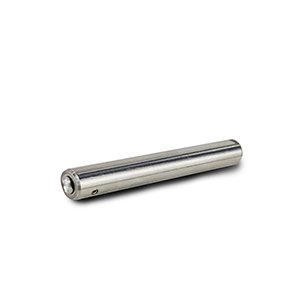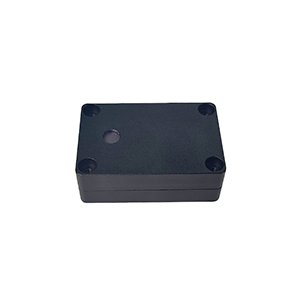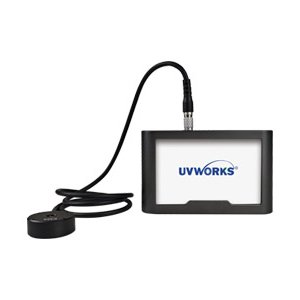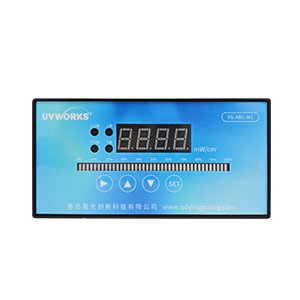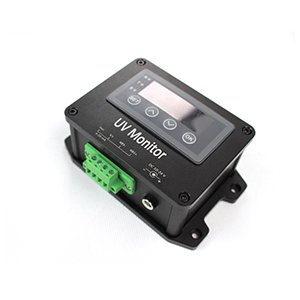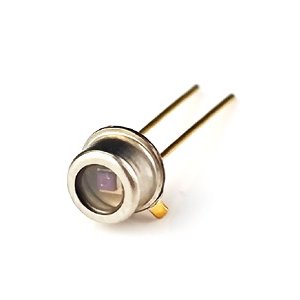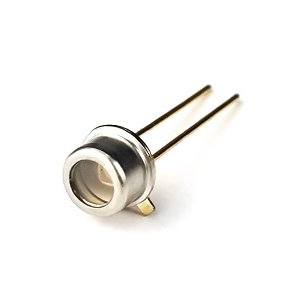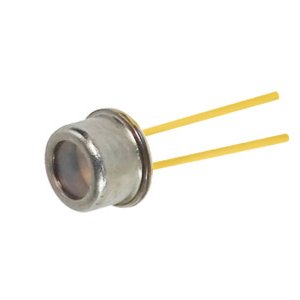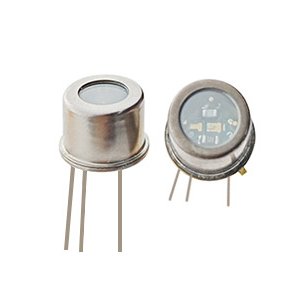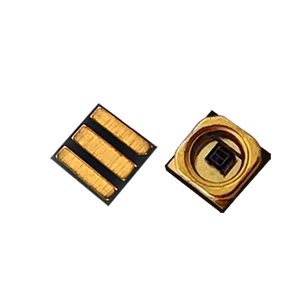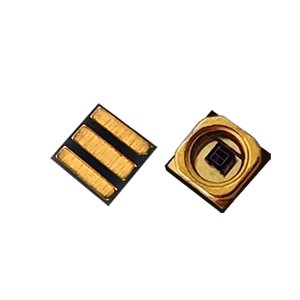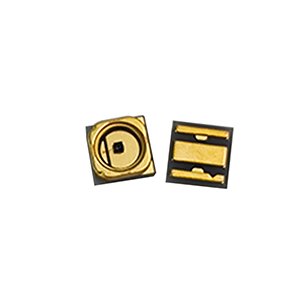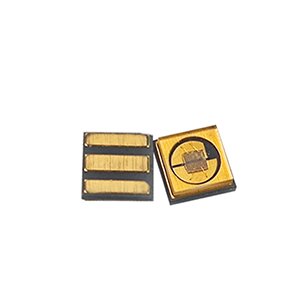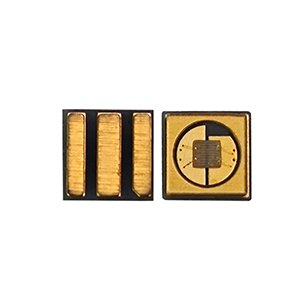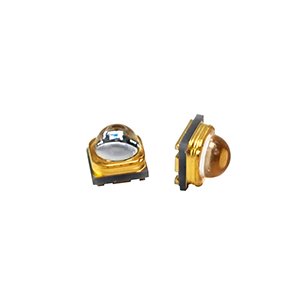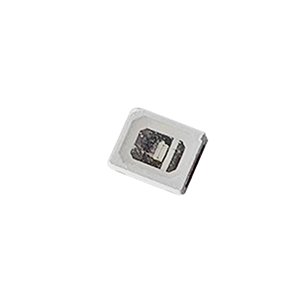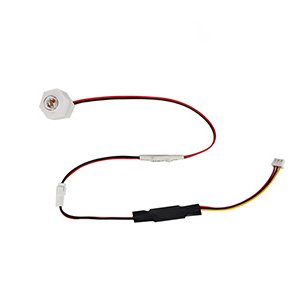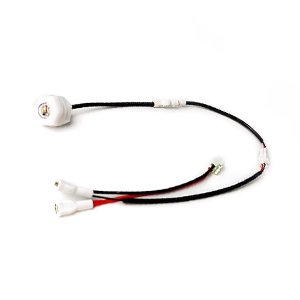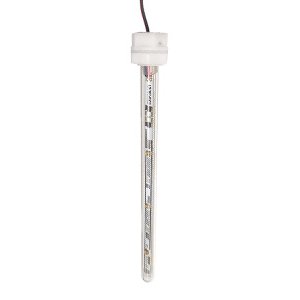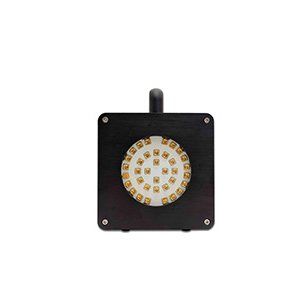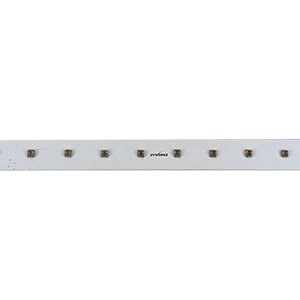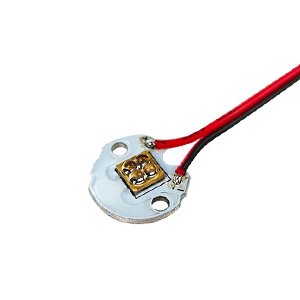
Does deep UV uvc-led produce ozone during operation?
2021-12-09
Not produced
Ozone sterilization principle: UVD ultraviolet light with a wavelength of 185nm irradiates the air, which can decompose oxygen molecules in the air, generate O atoms, and then combine with oxygen to produce ozone. Ozone has strong oxidation, can destroy and decompose the cell wall, penetrate into the cell, oxidize and decompose and destroy glucose oxidase, RNA / DNA, protein, lipid and polysaccharide macromolecular polymers, so as to destroy the metabolism and reproduction process of bacteria and die, so as to achieve the effect of sterilization and disinfection.
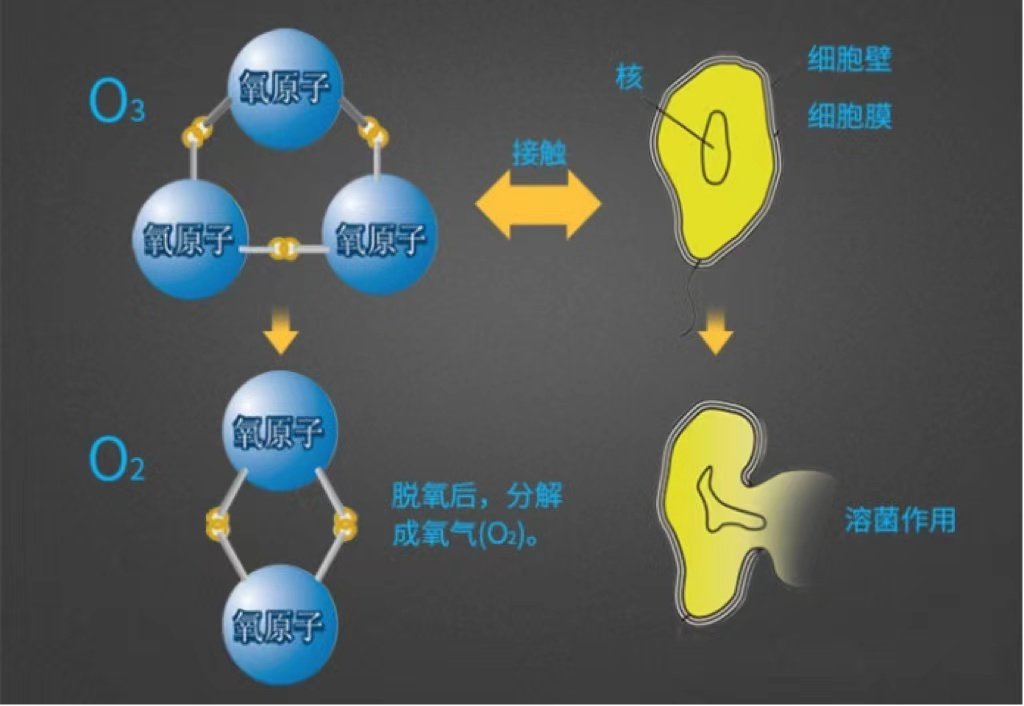
There are two ways of deep ultraviolet UVC sterilization: one is traditional ultraviolet mercury lamp, and the other is UVC LED lamp. Ultraviolet energy can damage the structure of biological DNA (deoxyribonucleic acid) and RNA (ribonucleic acid), so as to inhibit bacterial reproduction or sterilization.
Mercury lamp sterilization "includes 254 nm (direct irradiation sterilization, no ozone) and 185 nm (ozone sterilization). Ozone is harmful to human body. After disinfection, windows need to be opened for ventilation for 30-60 minutes until there is no pungent smell of ozone.
UVC LED does not need warm-up time and does not use mercury, so it has the advantages of environmental protection, long service life, energy saving and less heat loss. In addition, UVC LED has less concerns about irradiation safety. Coupled with the advantage of miniaturization of light source, it can fully meet the market demand of "small space and surface sterilization"

How does ultraviolet light produce ozone?
Theoretically, the chemical bond can be broken when the photon energy is higher than the bond energy. Therefore, ultraviolet rays with a wavelength shorter than 243 nm can stimulate oxygen in air or water to produce ozone. UVC LEDs with a wavelength higher than 243 nm do not produce ozone.
The low-pressure mercury lamp will produce ozone, because the vapor pressure is 1.3 ~ 13P. There is naturally 185nm vacuum ultraviolet light in the luminous spectrum of the low-pressure mercury lamp. This ultraviolet light will stimulate the oxygen in the air to produce a chemical reaction and become ozone. In essence, the ultraviolet light breaks the oxygen covalent bond in the oxygen molecule and combines with the oxygen molecule to form O3. UVC LED will not produce ozone because the oxygen covalent bond The bond energy is as high as 5.1ev, corresponding to the need for ultraviolet light with a wavelength at least shorter than 243nm to break, and finally generate ozone.
Why don't LEDs produce ozone?
The low-pressure mercury lamp improves the energy level transition probability of short wave ultraviolet by controlling the vapor pressure, but it will be accompanied by other transitions, mainly 254 and 185nm. The first energy level transition probability of UVC LED is the main, so the luminescence is pure. The wavelength of common UVC LED is higher than 255 NM.
The low-pressure mercury lamp is a gas light source, and its excited state energy level position has been determined by mercury. Therefore, although there are high-pressure, medium pressure and low-pressure mercury lamps, the difference of vapor pressure mainly adjusts the probability of transition between different excited states, that is, the relative intensity of different characteristic peaks. Therefore, the low-pressure mercury lamp mainly emits light at 254 and 185nm. UVC LED is a For AlGaN semiconductor light-emitting diodes with quantum well structure, E0 transition is dominant and there is only one peak wavelength, such as 275nm. It can be found that the FWHM of the main peak of the spectrum of deep UV LED is significantly lower than that of blue light, which is also because the electronic transition of quantum well light-emitting devices is more single than that of multi-size quantum dot light-emitting devices. At present, the light-emitting wavelength of UVC LEDs that can be mass produced is not lower than 243nm, Therefore, the deep ultraviolet UVC led for sterilization does not produce ozone.
Qingdao fluorescent Innovation Technology Co., Ltd. has a professional postdoctoral team, focusing on the research of ultraviolet sterilization application. After years of deep cultivation in the ultraviolet industry, the company has obtained a number of national invention and utility model patents. At present, a number of sterilization module products have been put into the market. For more details, please visit the company's website www.qdyingguang.com, contact the company or pay attention to wechat official account
